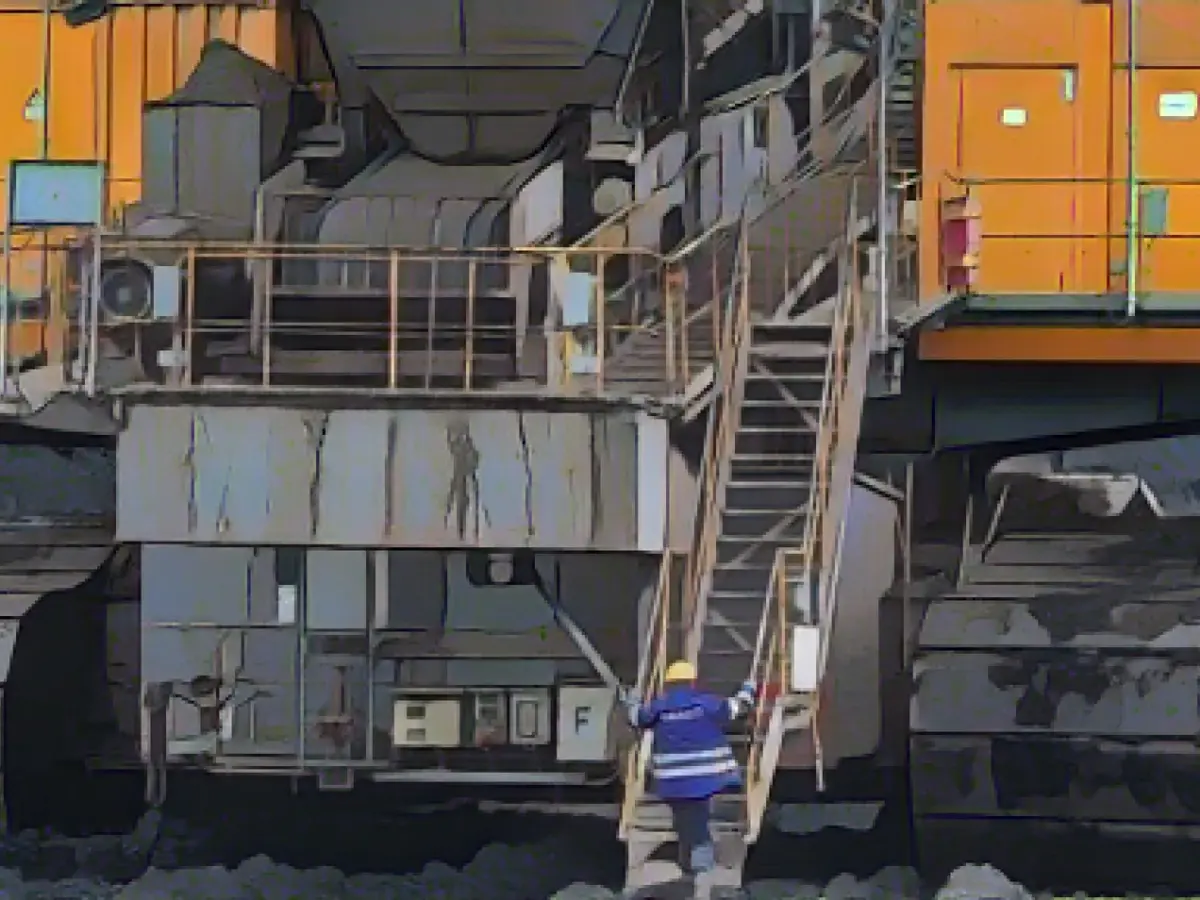Closing the Curtains on Jänschwalde's Coal Mining Legacy
After half a century, the coal mining operations at Jänschwalde, Germany, have drawn their final, shovel-filled breath. Marking a poignant shift, the operation's formal closure occurred with a ceremonial change of guards recently, a day slated to bring an end to mining activities by December 31 of this year, as indicated by Leag, the energy company responsible for the site. Brandenburg's Minister President Dietmar Woidke (SPD) was on hand to receive the last batch of coal, an emotionally charged moment for the departing miners.
Affecting but not ending Lusatia’s industrial and energy landscape, other Leag-operated open-cast mines in the area will persist. Both coal phasing out and a conversion to renewable energy sources have been agreed upon for 2038 by Leag, a promising shift in focus.
Minister President Woidke, reflecting on the location's personal history, emphasized the importance of the final chapter in an open-cast mine's life – the transformation of wastelands, fortification of embankments, the creation of bodies of water, and the elevation of groundwater levels. Although the Jänschwalde mine has closed its doors, geotechnical measures will be in progress through the initial months of the following year: facilities will be dismantled, mining areas will be restored, and three future lake hollows will be crafted. The completion of these tasks will extend well into the early 2030s.
Around 660 million tons of lignite have been excavated from Jänschwalde since the mining operation's inception 47 years ago, primarily destined to fuel the Jänschwalde power plant. The persistent demand for clean, reliable electricity led to ongoing activities.
Benjamin Raschke, chair of the Green parliamentary group in the state parliament, criticized the unfinished business of financing the necessary recultivation activities. The Greens, in turn, proposed a public foundation for the consequences of lignite mining as well as the creation of lakes on future mining lands.
LEAG: Redefining Lusatia – A Brighter, Greener Future
With a dedication to transitioning from traditional methods to renewable energy sources, Leag, the Lusatian energy company, is concurrently executing a transformation plan that encompasses the following objectives:
- Development of Renewable Energy Projects
- A prime example of this approach is LEAG's GigawattFactory, featuring wind and solar plants on former mining sites, contributing substantially to Germany's renewable energy expansion goals[1].
- Innovative Storage Power Plant (ISPP)
- Jänschwalde’s Innovative Storage Power Plant is a testament to the merging of conventional and sustainable technology. With the capacity to store excess renewable energy and generate green hydrogen, it stations itself as a vital component of a completely carbon-neutral energy system[1].
- Hydrogen Production and Storage
- The ISPP boasts thermal storage capacities; surplus renewable energy is stored within these storage chambers as heat, enabling the eventual integration of hydrogen and heat feed to an upcoming H2 gas and steam turbine plant (CCGT)[1].
- Power-to-X (PtX) Technology
- PtX Lab Lausitz is gaining recognition as an innovative center for producing sustainable PtX products. These climate-neutral fuels – intended for aviation and shipping sectors – emerge from renewable energy and green hydrogen sources, while aligning with LEAG’s broadly scoped objectives for pulse-pounding electricity and green gas fabrication[2].
- Organizational Restructuring
- Leag has undergone a sweeping reorganization, spawning new subsidiary companies in areas such as renewable energy, battery storage, dynamic power plants, and hydrogen solutionss. The restructured enterprise hopes to bolster its agility and competitiveness in the burgeoning sustainable energy sector[3].
- Sector Coupling
- By bridging the gap between energy and other industries such as heating, transportation, and industry, Jänschwalde's ISPP aims to bolster the demand for green energy and green gases, ensuring a sustainable and resilient future.
By serving as a catalyst for sustainable energy projects, LEAG is solidifying its role in shaping Lusatia's energy scenario, prioritizing a brighter, greener future over the relics of coal mining.
Related Readings
Sources
[1] [2] [3]








